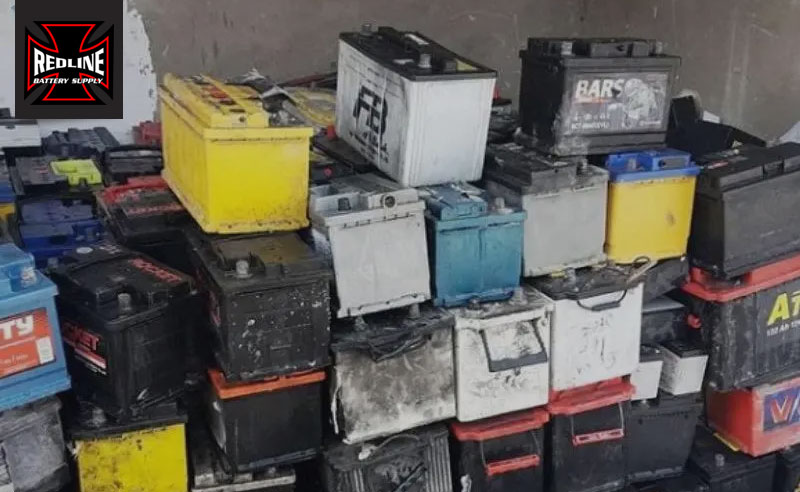
Overview:
The journey of scrap battery purchase and sustainability involves multiple steps and considerations to ensure a smooth and environmentally friendly process.
Here are some following ways to maintain sustainability throughout this journey:
1. Establish partnerships with reliable suppliers:
Choose suppliers who are committed to sustainable practices and have a track record of adhering to environmental regulations.
2. Conduct regular audits:
Ensure that your suppliers are practicing environmentally responsible methods by conducting regular audits of their operations.
3. Invest in the proper equipment:
Use state-of-the-art equipment that allows for efficient and eco-friendly processing of scrap batteries.
4. Prioritize recycling:
Emphasize the importance of recycling batteries rather than disposing of them in landfills. Set up a system that encourages the proper handling and recycling of scrap batteries.
5. Educate employees:
Provide comprehensive training to your employees on the importance of sustainability and the proper procedures for handling and recycling scrap batteries.
6. Collaborate with local communities:
Work closely with local communities to raise awareness about the proper disposal and recycling of batteries. Offer educational programs and collection points for battery recycling.
7. Set sustainability goals:
Establish clear goals and targets for your organization’s sustainability efforts, such as reducing waste, increasing recycling rates, and minimizing carbon emissions.
8. Implement a closed-loop system:
Create a closed-loop system by collecting used batteries, recycling them, and using the recycled materials to produce new batteries.
9. Monitor and track environmental impact:
Regularly monitor and track your organization's environmental impact, including energy consumption, waste generation, and carbon emissions. Use this data to identify areas for improvement and implement sustainable practices.
10. Collaborate with industry associations and government agencies:
Stay updated on the latest trends and regulations related to battery recycling and sustainability by participating in industry associations and collaborating with government agencies. This will ensure that your organization remains at the forefront of sustainable practices in the scrap battery industry.
Conclusion:
The journey of scrap battery purchase and sustainability involves establishing partnerships with reliable suppliers, conducting regular audits, investing in proper equipment, prioritizing recycling, educating employees, collaborating with local communities, setting sustainability goals, implementing a closed-loop system, monitoring and tracking environmental impact, and collaborating with industry associations and government agencies. By following these steps, organizations can ensure a sustainable and environmentally friendly process for scrap battery purchase and recycling.
More News